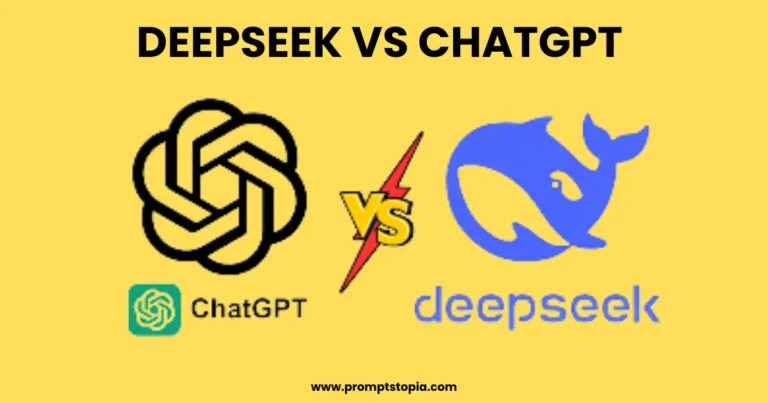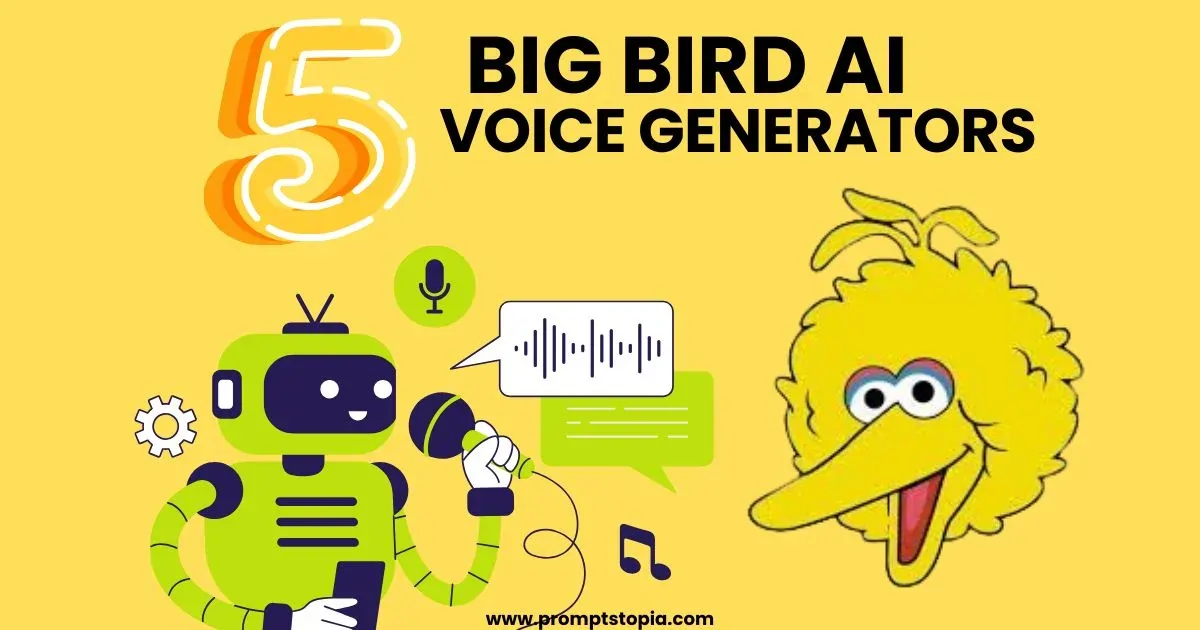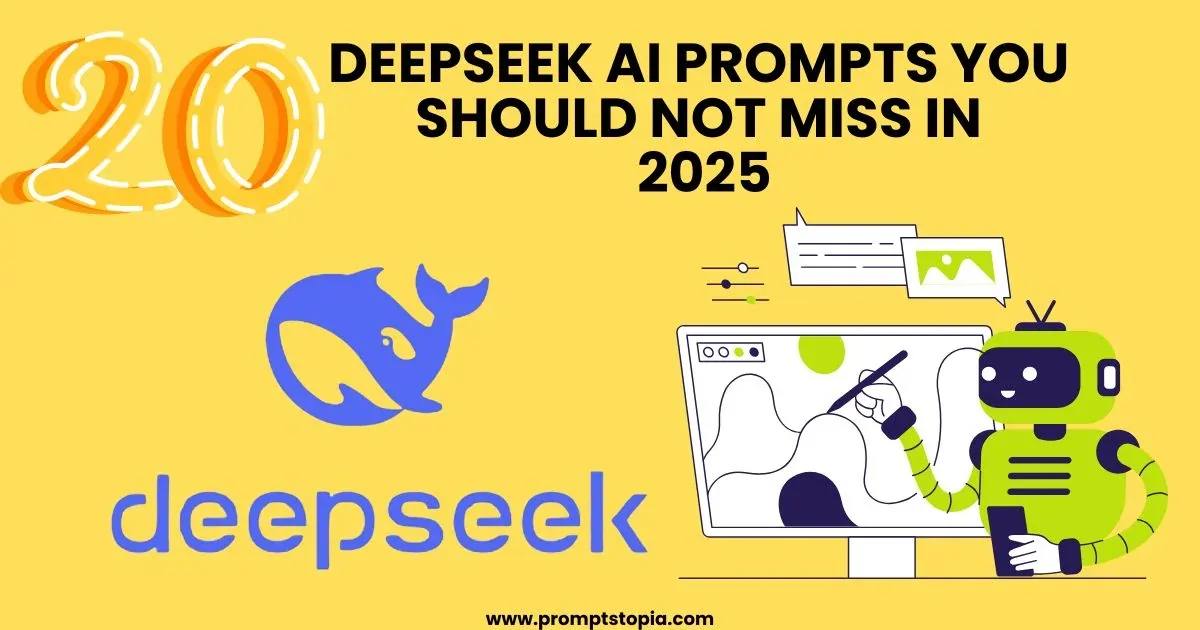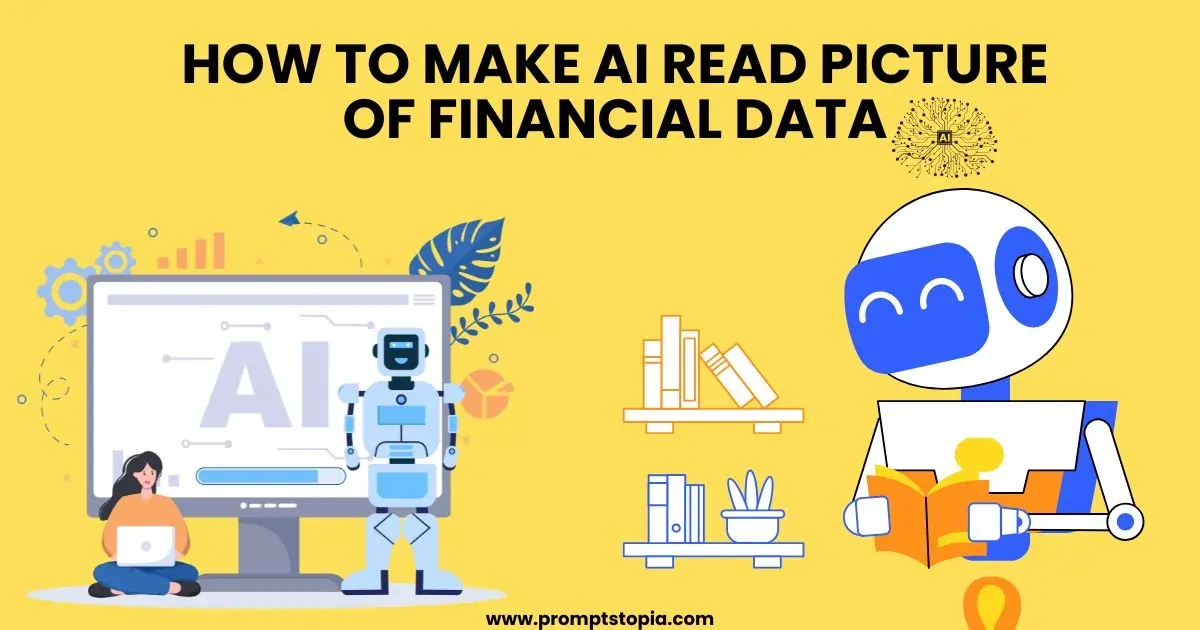For years, Nvidia and OpenAI have led the AI race. But something big just changed.
Deepseek isn’t here to compete—it’s here to change the rules.
What if an AI could learn faster and need way less data than ChatGPT?
People are saying Deepseek’s tech could make today’s supercomputers look old.
OpenAI’s biggest challenge? Imagine an AI that never makes up fake answers.
Nvidia’s grip on AI chips? Deepseek might make them so cheap that expensive hardware is no longer needed.
Deepseek is focusing on things no one else has—like medicine, science, and AI that improves itself.
What happens when a $40,000 machine is replaced by smart software?
It’s already happening. Small companies are switching sides. Old tech is being left behind.
But the biggest question: What is Deepseek planning next?
The future won’t belong to the ones with the most money or the best chips—it’ll belong to whoever changes the way AI thinks.
Modern sectors experience a rapid transformation through artificial intelligence because the technology delivers tools for enhanced efficiency and innovation. Artificial intelligence language models gain notable prominence among recent technological developments through the example of OpenAI’s ChatGPT. A minor Chinese AI company called Deepseek has officially introduced itself to challenge current industry-leading models, which led to substantial changes in the technology sector. Research examines the comprehensive comparison of DeepSeek vs. ChatGPT by assessing their history along with their operational features while analyzing the market effects of their rivalry.
Introduction to Deepseek and ChatGPT
OpenAI produced ChatGPT as a language model that generates human-like responses by following input instructions. The technology operates across multiple application fields through its ability to understand requests and produce contextually appropriate responses, therefore supporting customer services, content creation, and educational tool functions.
A new Chinese AI startup, Deepseek, has launched with an AI model matching the capabilities of today’s language systems. Liang Wenfeng is the Deepseek AI founder, who generates an AI system that rivals ChatGPT while needing significantly less construction capital. This efficiency factor attracts substantial market attention while holding powerful disruptive potential for the existing AI domain.
Comparison of Deepseek vs. ChatGPT
DeepSeek is an advanced AI model that rivals OpenAI’s GPT, potentially surpassing it. The hype surrounding this model is justified due to its significant implications for cost and accessibility. Imagine waking up to find electricity or internet costs slashed to a fraction of their current rates. Such changes open up new possibilities and opportunities.
Founders and Company Backgrounds
OpenAI is an AI research organization focused on developing and promoting large language models for the public. Its most powerful and famous tool is ChatGPT. This AI model can do anything. Whether its marketing, writing, or designing, GPT got you covered. ChatGPT is the leading tool throughout the world. It can generate HTML codes or even PLC programming.
Liang Wenfeng, born in Zhanjiang, China, in 1985, is the founder of Deepseek. A mathematics prodigy, Liang graduated from Zhejiang University and co-founded High-Flyer, a quantitative hedge fund managing $8 billion in assets. His interest in AI led to the establishment of Deepseek, where he applied his expertise to develop a cost-effective AI model. Liang’s strategic foresight included stockpiling Nvidia chips in 2021, which later became instrumental in training Deepseek’s AI models.
Technological Architectures and Innovations
ChatGPT is built upon the GPT architecture, utilizing a dense model with a vast number of parameters to generate text. This design allows it to produce detailed and contextually appropriate responses across various topics.
Deepseek employs a Mixture-of-Experts (MoE) architecture, featuring a 671 billion-parameter model with 37 billion activated parameters per token. This structure enables task specialization while reducing computational overhead. Additionally, Deepseek has pioneered FP8 mixed-precision training, cutting memory usage by 30% and achieving extensive pre-training efficiently.
Performance and Efficiency
One of Deepseek’s most significant achievements is developing its AI model at a fraction of the cost incurred by its competitors. DeepSeek’s training cost was a mere $5.5 million, utilizing 2000 H800 GPUs over two months. In contrast, OpenAI’s models require billions of dollars. This drastic reduction in cost is akin to offering free internet or electricity, drastically altering the landscape for AI development.
The impact was immediate, with the US experiencing a trillion-dollar wipeout in market value. This highlights the model’s massive economic influence.
In various evaluations, Deepseek has demonstrated capabilities comparable to ChatGPT in tasks such as coding and mathematics. The best part of DeepSeek is that you can run the code at runtime. However, it has faced challenges with real-time queries and processing large datasets. ChatGPT consistently provides more comprehensive answers and maintains response integrity, making it preferred for unbiased and straightforward queries.
Market Impact and Industry Reactions
The introduction of Deepseek has led to significant market reactions, particularly affecting companies like Nvidia. Following Deepseek’s launch, Nvidia experienced a substantial drop in its market value, highlighting the disruptive potential of cost-effective AI models.
Deepseek’s emergence has prompted discussions about the global AI race, with some viewing it as a “wake-up call” for Western tech firms. The company’s success underscores the shifting dynamics in technological leadership and the importance of innovation in maintaining competitive advantage.
Opportunities and Challenges
The rise of DeepSeek presents both opportunities and challenges. Ideas previously deemed unfeasible due to high costs are now executable. This opens doors for job opportunities and innovation, increasing demand for skilled individuals.
For students and programmers, this means access to premium models at lower costs, enhancing their learning and development capabilities.
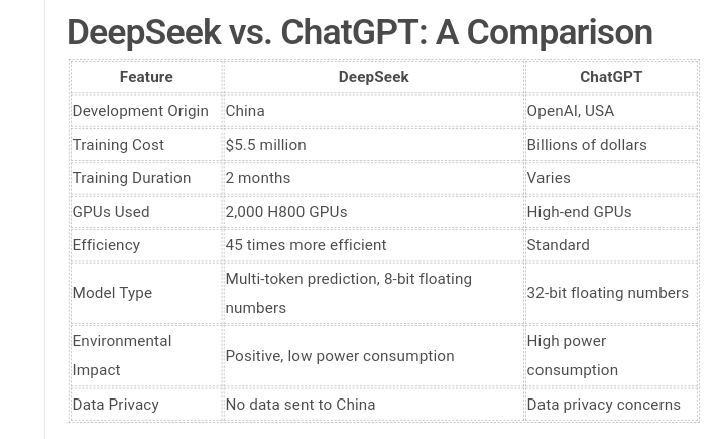
Ethical Considerations and Content Moderation
ChatGPT implements content moderation policies to prevent the generation of harmful or inappropriate content. While it strives to provide unbiased information, it may occasionally produce responses that reflect inherent biases present in the training data.
Deepseek operates under stringent guardrails to comply with Chinese government requirements, resulting in blocked responses for politically sensitive topics. This approach ensures adherence to local regulations but may limit the scope of information accessible to users.
Open-Source Contributions and Community Engagement
Unlike many AI models, Deepseek’s version is open source, allowing wider access and promoting a collaborative tech culture. This openness enables developers and researchers to build upon its framework, fostering innovation and community engagement.
ChatGPT operates on a proprietary model, with access and modifications controlled by OpenAI. While this approach ensures quality control and security, it limits external contributions and the potential for collaborative advancements.
Final Thoughts
Deepseek has entered the market as a major rival against ChatGPT, thereby creating a significant milestone within the AI industry. The affordable development and open-source foundation of Deepseek have shifted market dynamics by creating new possibilities that trigger fundamental evaluations of current systems and tactics. The competitive relationship between Deepseek and ChatGPT will stimulate additional AI advancement that will build a framework for AI applications in different industries.

